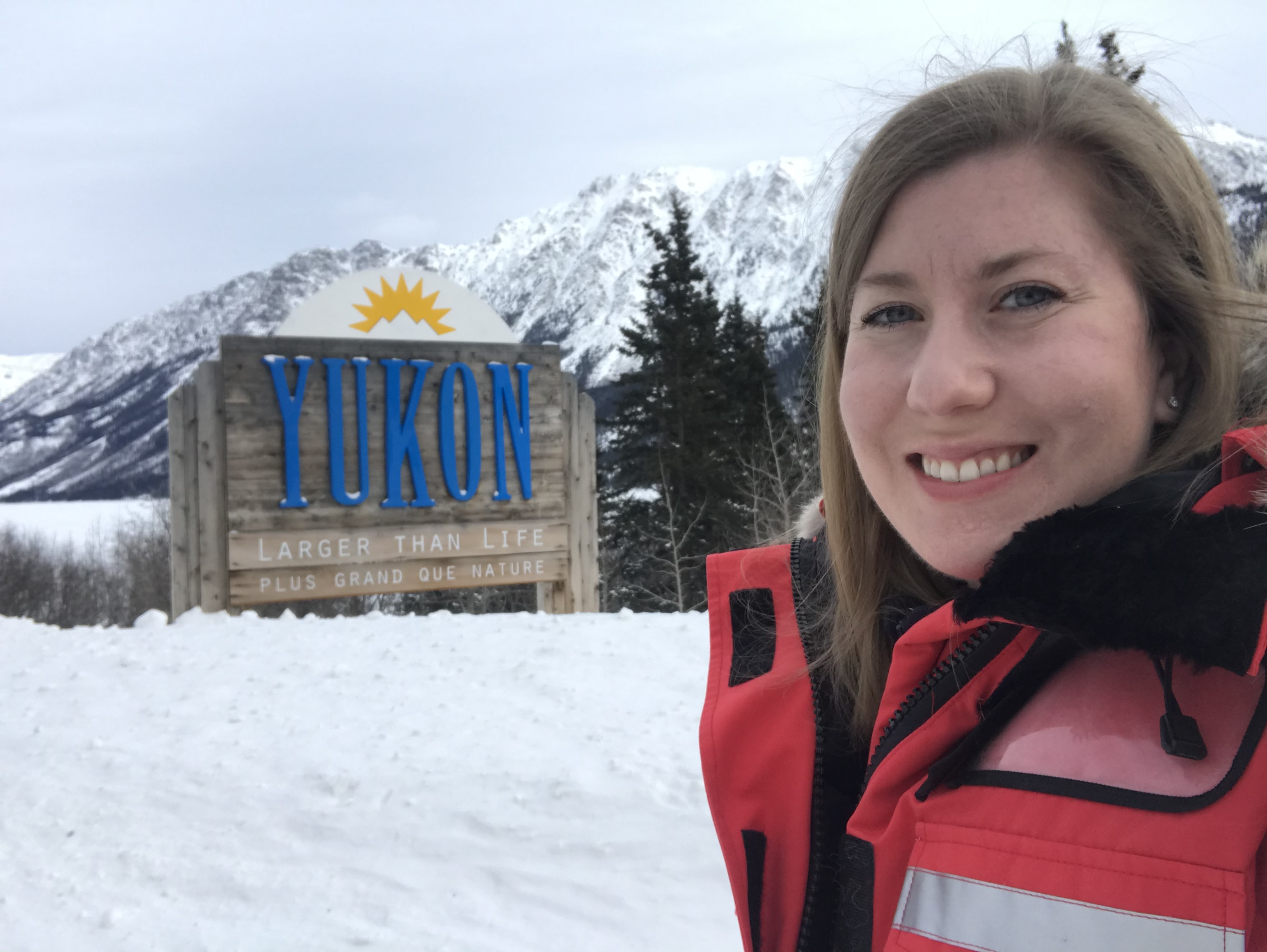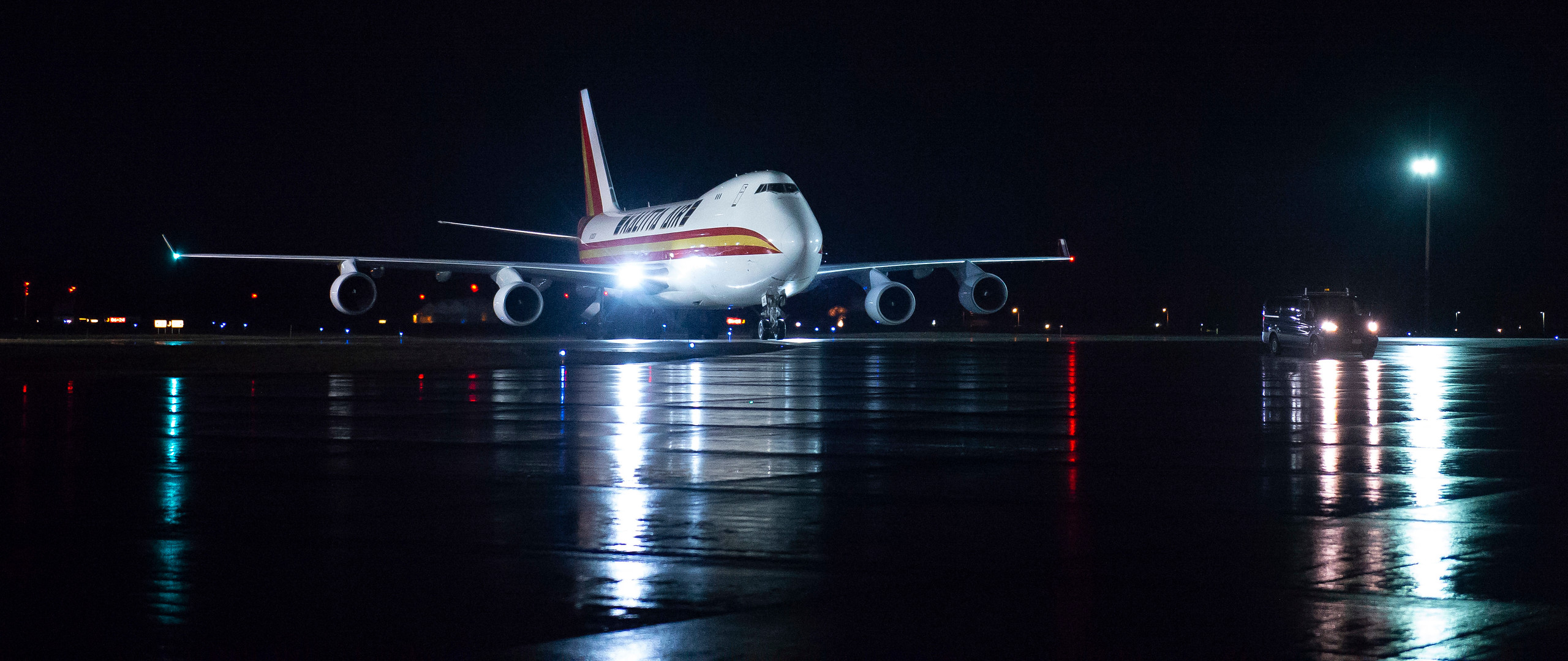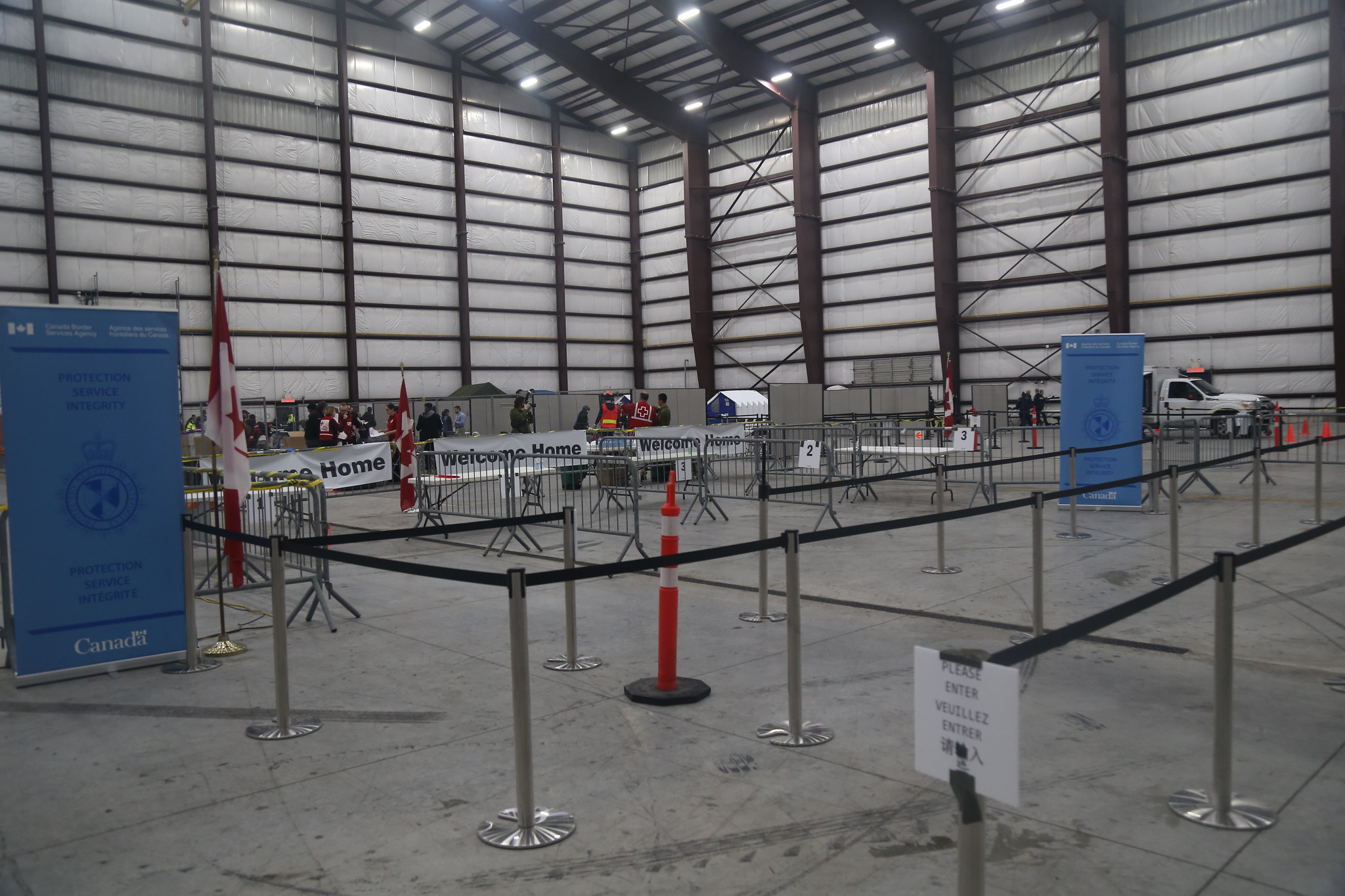
to support the Arctic Winter Games
Little did I know what was to come when I started as Island Health’s first field epidemiologist in October 2019. At that time, I was busy with they day-to-day work of an epidemiologist, using data to understand patterns and causes of various health events in specific populations. I was eagerly awaiting my first “deployment” for outbreak response. I was ready for anything that came my way… or was I?
As a field epidemiologist, I occupy a unique space working for both the Public Health Agency of Canada (PHAC), and Island Health. Because of this dual role, I’ve had the opportunity to see various sides of the public health response to COVID-19.
As early as late January, before any cases of COVID-19 were reported within Island Health, our Population Health Assessment, Surveillance, and Epidemiology (PHASE) team, along with the communicable disease team and Medical Health Officers, were working around the clock in preparation.
What are the characteristics of this virus and its spread? Who is at greatest risk? How will we track cases and their contacts? What data should we collect? These questions were the focus of this preparatory period. It was a busy time, but we knew we were extremely lucky to have time to prepare at all.
After several weeks supporting Island Health preparations, I received my first call to “deploy” in my capacity as a field epidemiologist. I was sent to Whitehorse, Yukon, where I was initially tasked with operating a syndromic surveillance system, which monitors non-traditional health-related data to detect near real-time outbreaks, for the Arctic Winter Games.
Upon arrival, adaptation proved key. My original tasks took a backseat and I was instead conducting risk assessments, evaluating the likelihood of the Games bringing COVID-19 into the territory. Should the Games proceed as planned? Should they be cancelled? Ultimately, the decision was made to cancel, and just like that, I was off to my next destination.

over 200 passengers from the Grand Princess cruise
The following day, I arrived in Ontario at Canadian Forces Base Trenton where I worked with fellow PHAC epidemiologists, the Canadian Red Cross, and the Canadian Armed Forces to support the mass quarantine of over 200 Canadians returning from the Grand Princess Cruise. During the quarantine period, 13 cases of COVID-19 were identified among cruise ship passengers, individuals who would have otherwise returned home to begin chains of transmission within their communities. It was both an overwhelming and rewarding undertaking.

from the Grand Princess cruise.
After what felt like a lifetime (but really only a few weeks), I received the call to come home. The first cases of COVID-19 had been identified on Vancouver Island, and it was all hands on deck. Response structures had developed in full force, and with no time to waste, I embedded myself back within the PHASE team, now supporting the Public Health Emergency response. The work continues to this day, as the PHASE team continues to track and report cases across Island Health, map transmission patterns, evaluate the effectiveness of population-level public health measures, and strive to protect our communities the best way we know how – through data.
After another stint in the field - this time responding to a COVID-19 cluster in a remote community within Island Health - I had a chance to catch my breath and reflect. The challenges we all face personally and professionally are as unprecedented as the pandemic itself. While my family and I are 4,000 km apart, and my partner and I are separated by a closed border, I know many others are in similar situations.
In the midst of the chaos, I have also seen how physical distancing has transformed into social connectedness, manifesting for me into supports from loved ones, friends, and colleagues that I won’t soon forget. I have also seen how adaptation, resiliency, and kindness have become our survival tools, a hard-earned silver lining in otherwise difficult times. These tools have been displayed in spades within the Island Health organization, serving as a testament to those who work within it.
So, was I truly ready for “anything that came my way” back in late 2019? I don’t think anyone was. These are called “unprecedented times” for good reason. The truth is, my first 10 months as a field epidemiologist were not quite like I thought they would be, but in other ways, it has been everything and more.
